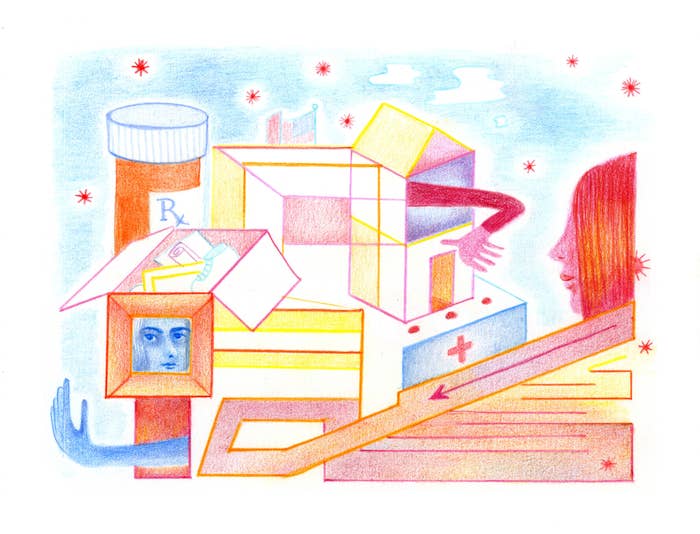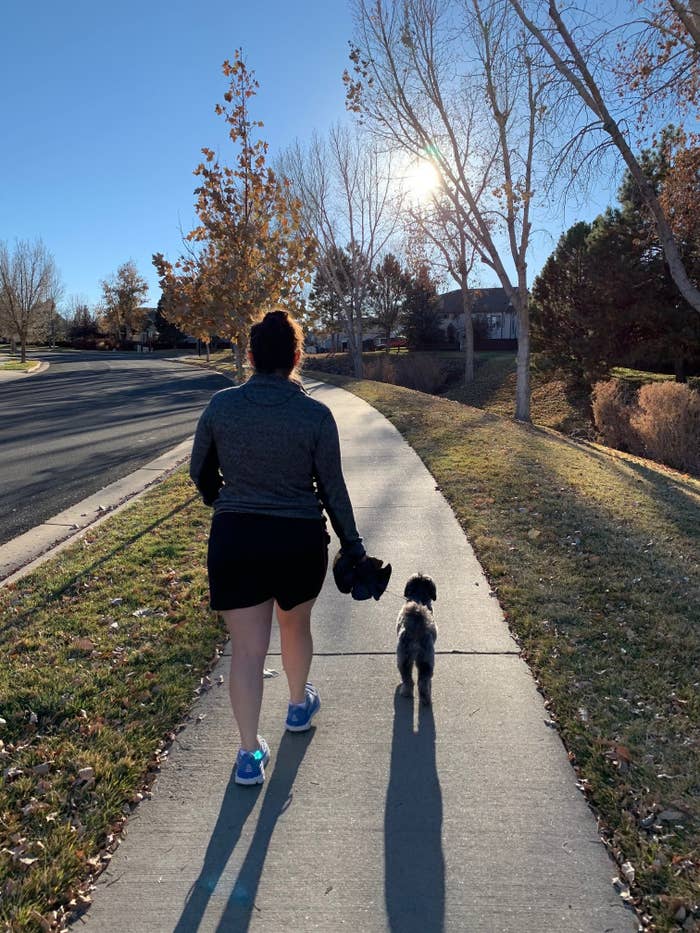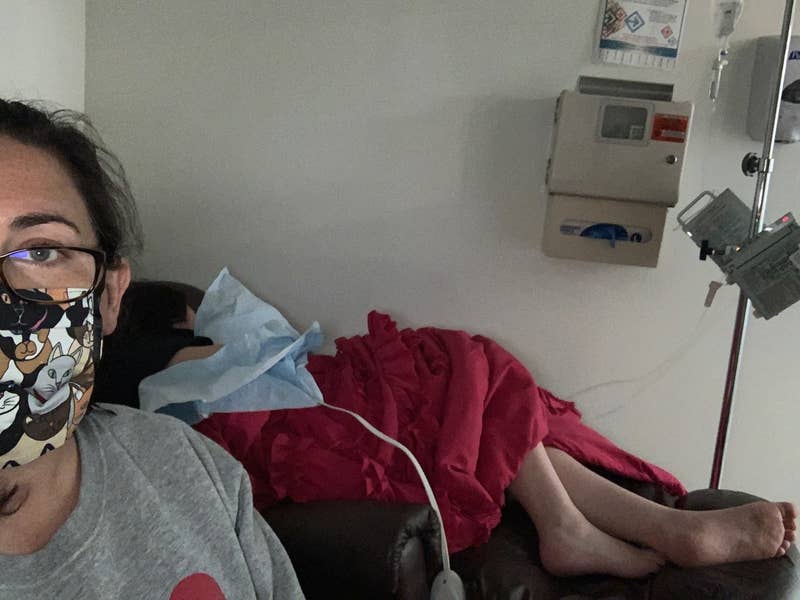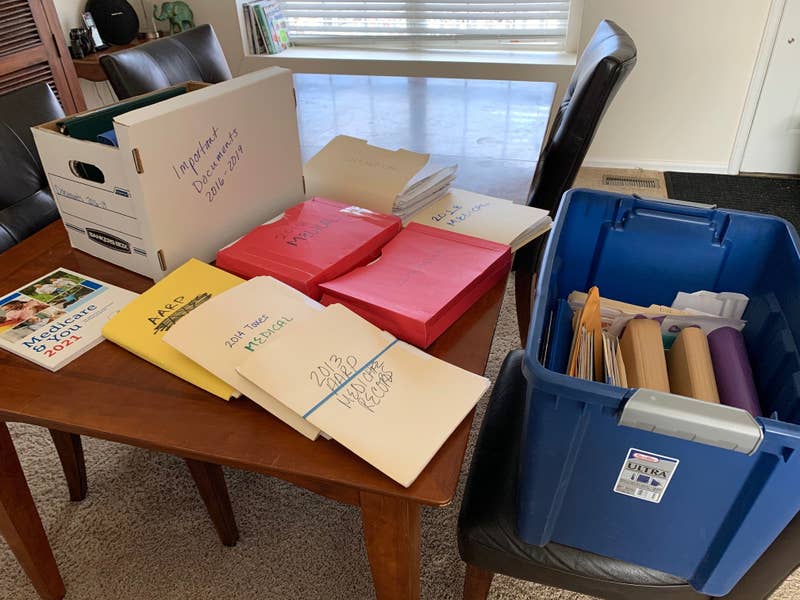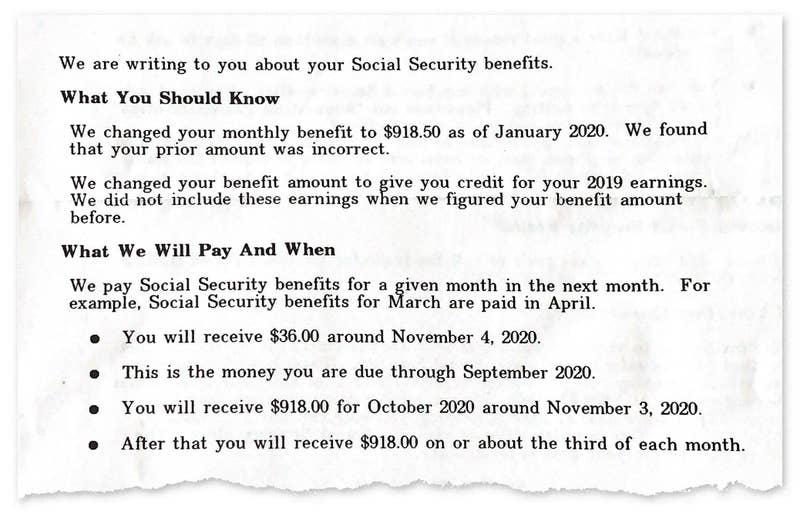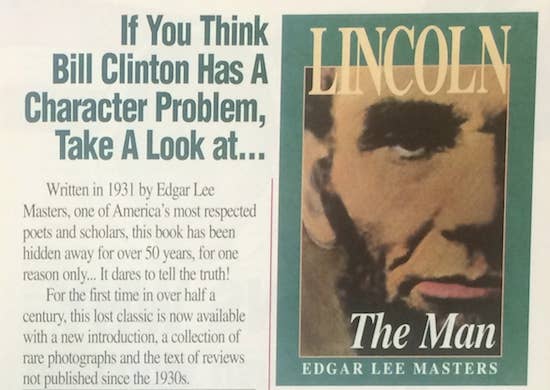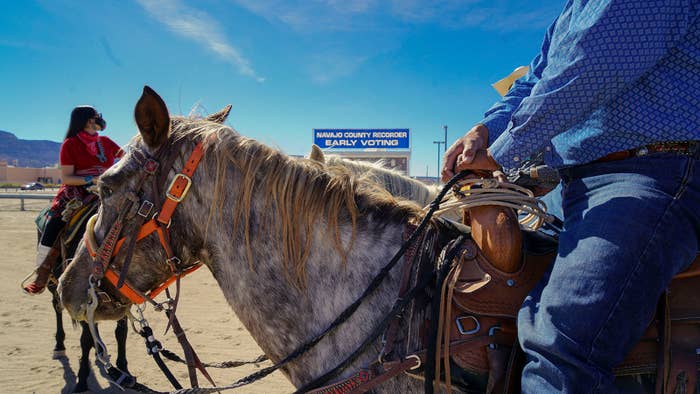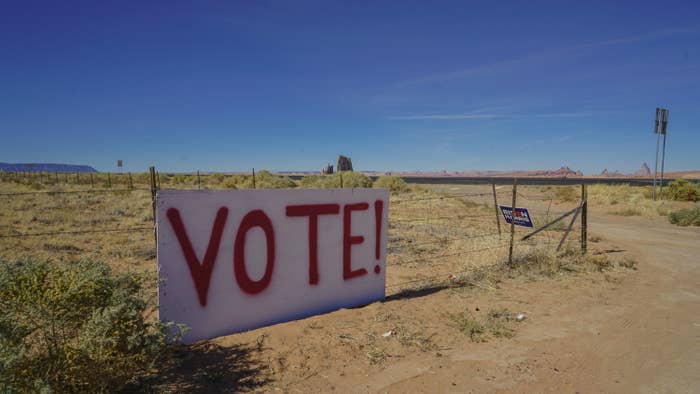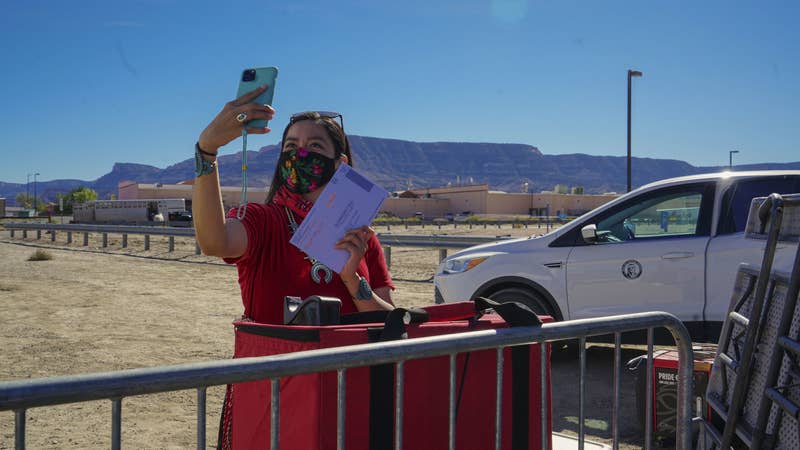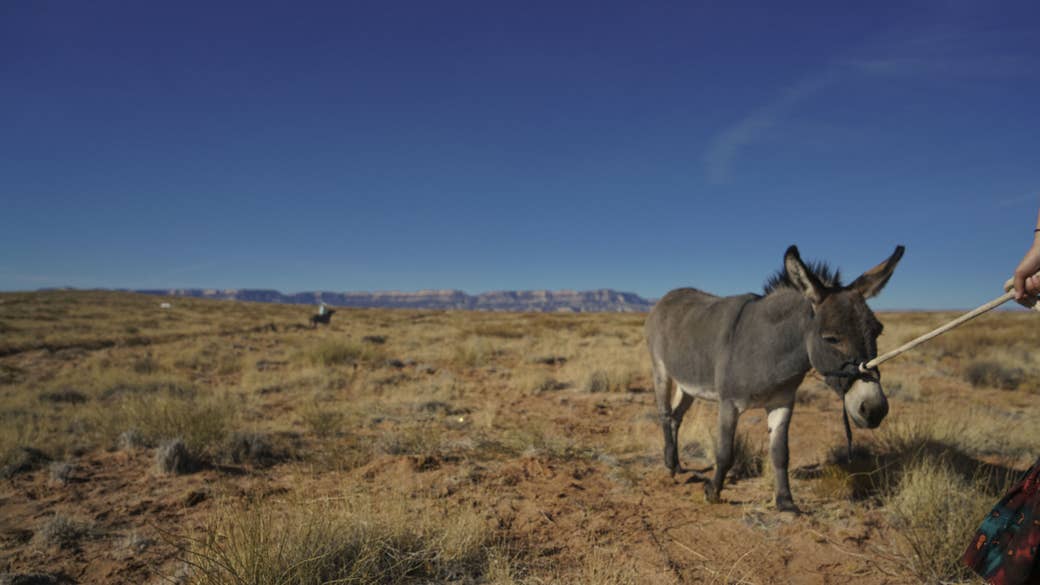Nearly 90,000 file sex abuse charges against Boy Scouts
Nov. 16 (UPI) -- Nearly 90,000 people filed sex abuse claims against Boy Scouts of America as a deadline in the group's federal bankruptcy case arrived Monday.
The case is the largest-ever child sex abuse case involving a single national organization and far exceeds the number of plaintiffs the Irving, Tex.-based Boy Scouts expected. The organization filed for bankruptcy while facing 275 lawsuits in state and federal courts and another 1,400 potential claims.
"We are devastated by the number of lives impacted by past abuse in Scouting and moved by the bravery of those who came forward," the Boy Scouts said in a statement. "The response we have seen from survivors has been gut-wrenching. We are deeply sorry."
Claims have accelerated in recent weeks as those who failed to file before the deadline would be barred from filing a suit against the Boy Scouts of America in the future
"Even for me, who probably has been doing this since the beginning, I couldn't see it coming. Not these numbers," said Paul Mones, who tried a landmark 2010 case that resulted in $19.9 million in damages and forced the Boy Scouts to release more than 20,000 confidential documents that became known as the "perversion files."
The files showed that the Boy Scouts tracked suspected and known abusers but consistently failed to report them to authorities or notify the public of their findings.
In February, the Boy Scouts filed for Chapter 11 Bankruptcy in the U.S. Bankruptcy Court for the District of Delaware to restructure its finances to compensate victims harmed while under the organization's care.
The files showed that the Boy Scouts tracked suspected and known abusers but consistently failed to report them to authorities or notify the public of their findings.
In February, the Boy Scouts filed for Chapter 11 Bankruptcy in the U.S. Bankruptcy Court for the District of Delaware to restructure its finances to compensate victims harmed while under the organization's care.
The organization has since engaged in court battles with insurers, which have argued they shouldn't be required to pay claims related to abuse that could have been prevented.
Other cases have sought to determine what assets are included in the Boy Scouts' estate and available for victim settlements.
AT THE TIME OF THESE CRIMES THE BOY SCOUTS WERE A SELF AVOWED CHRSITIAN YOUTH GROUP





